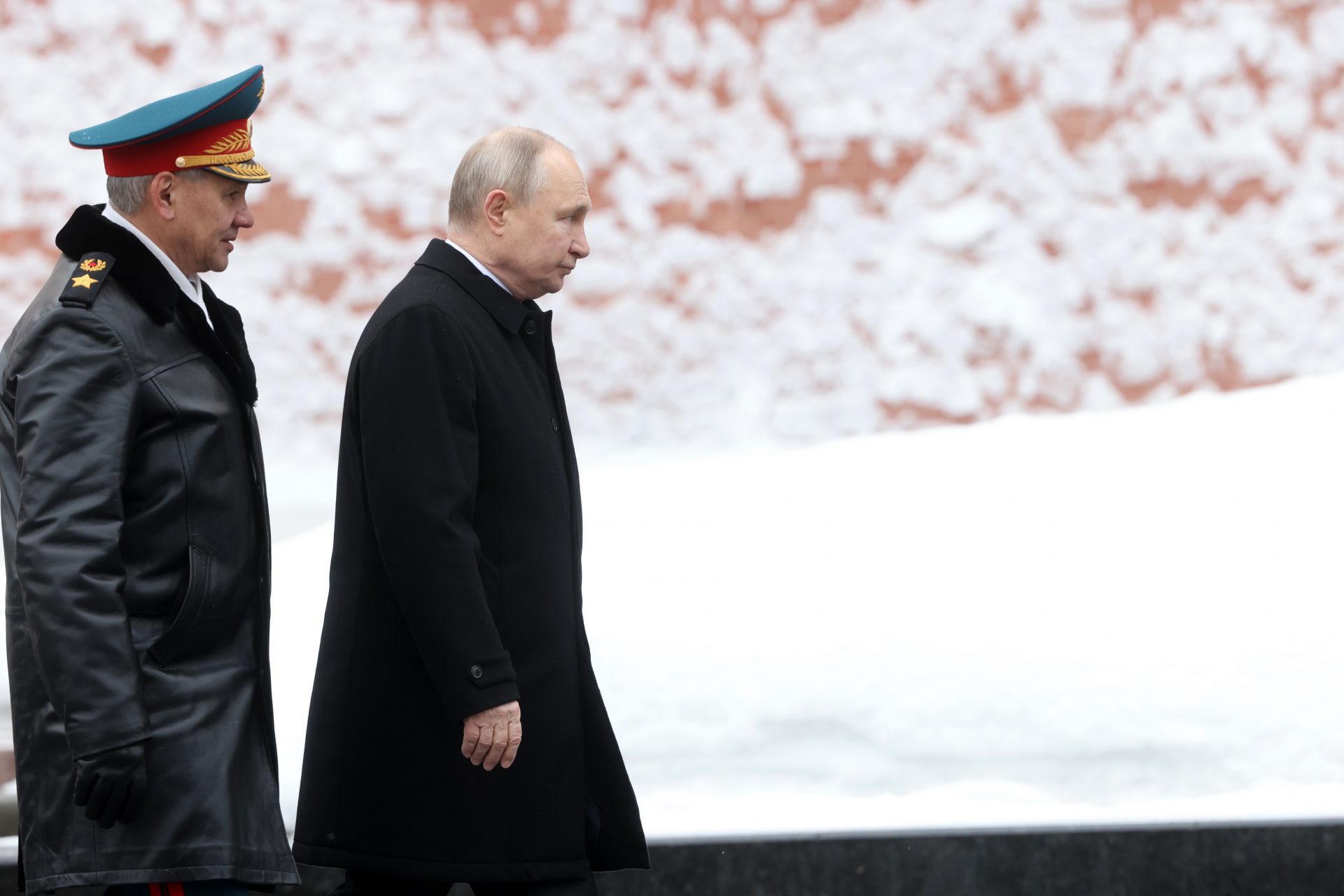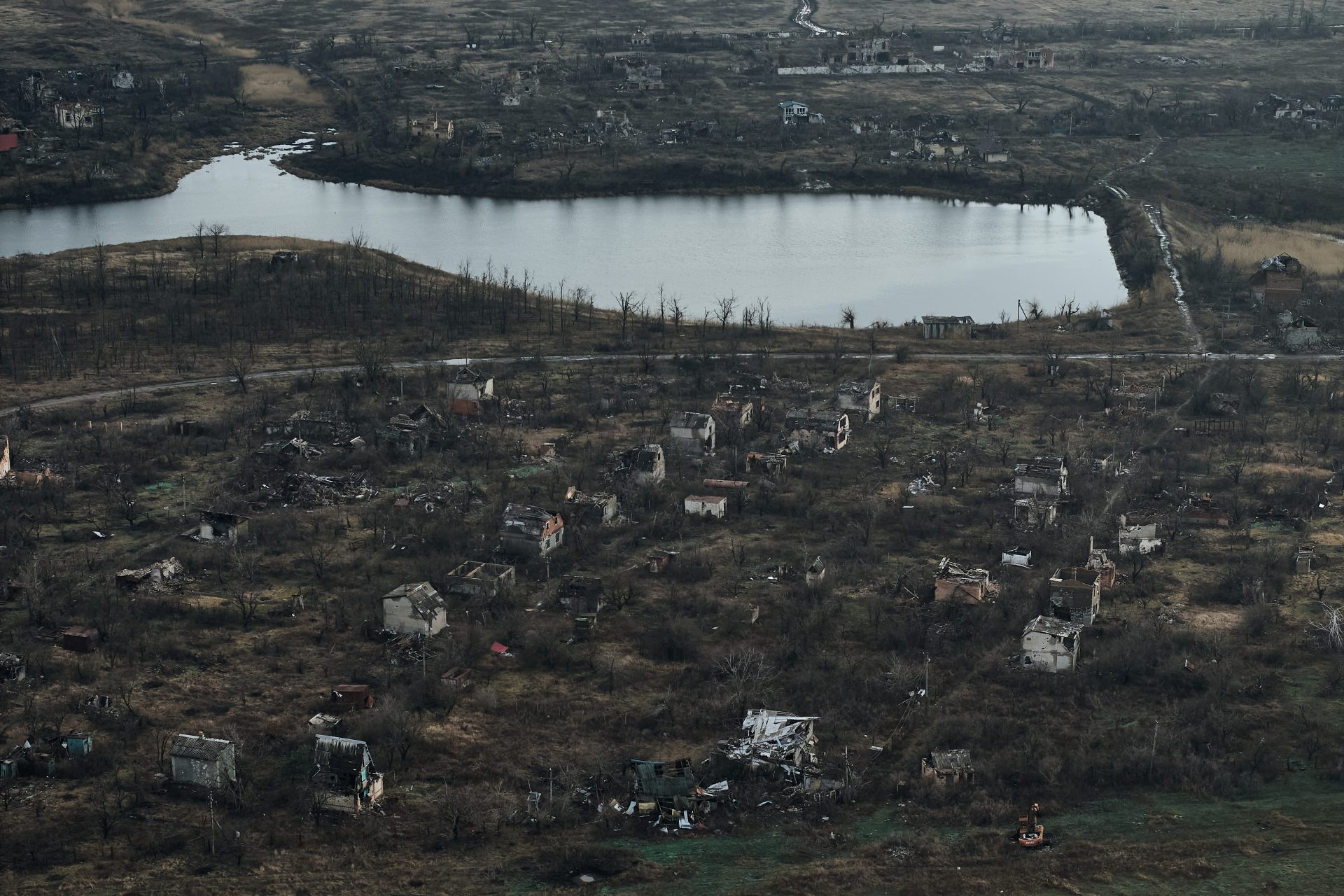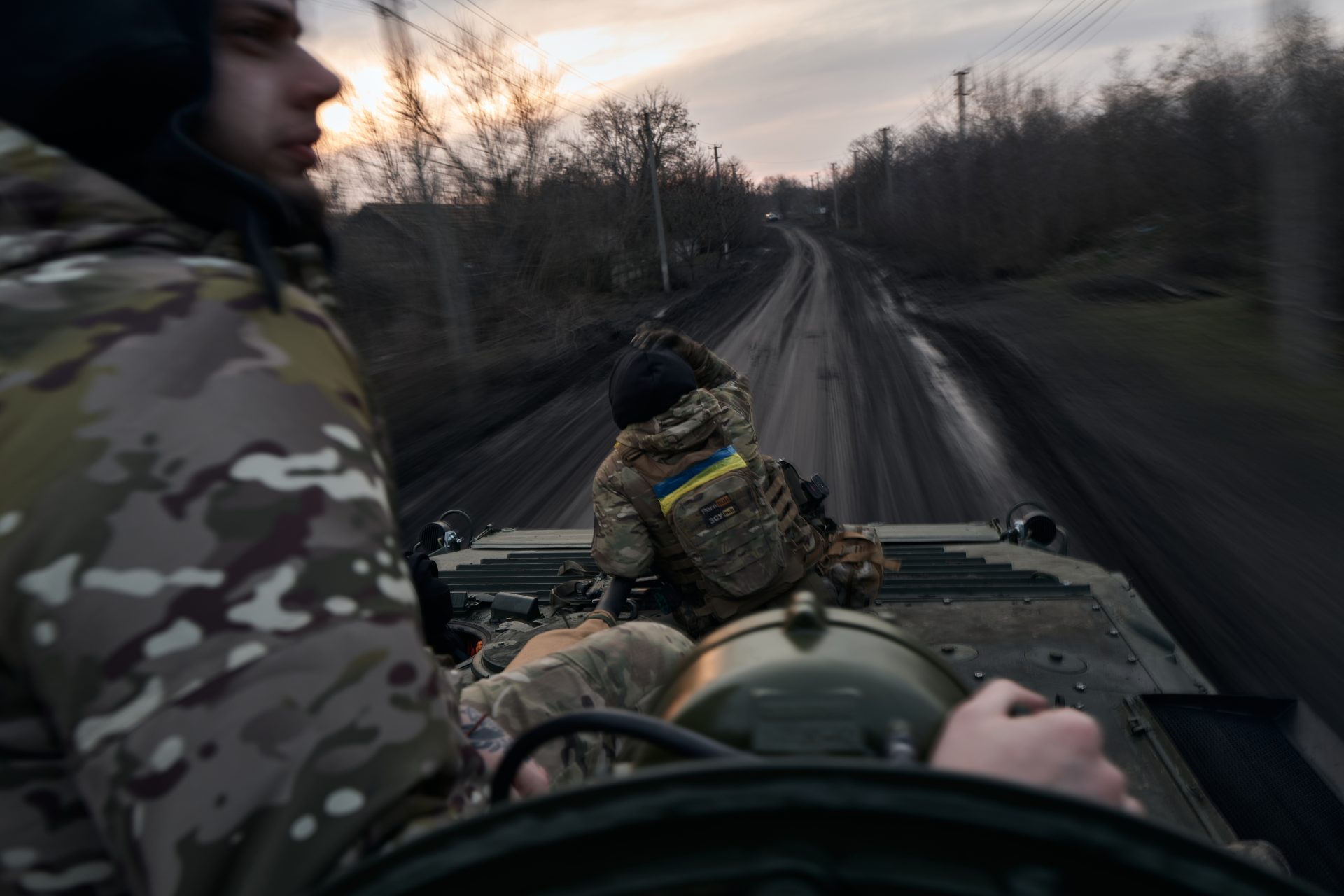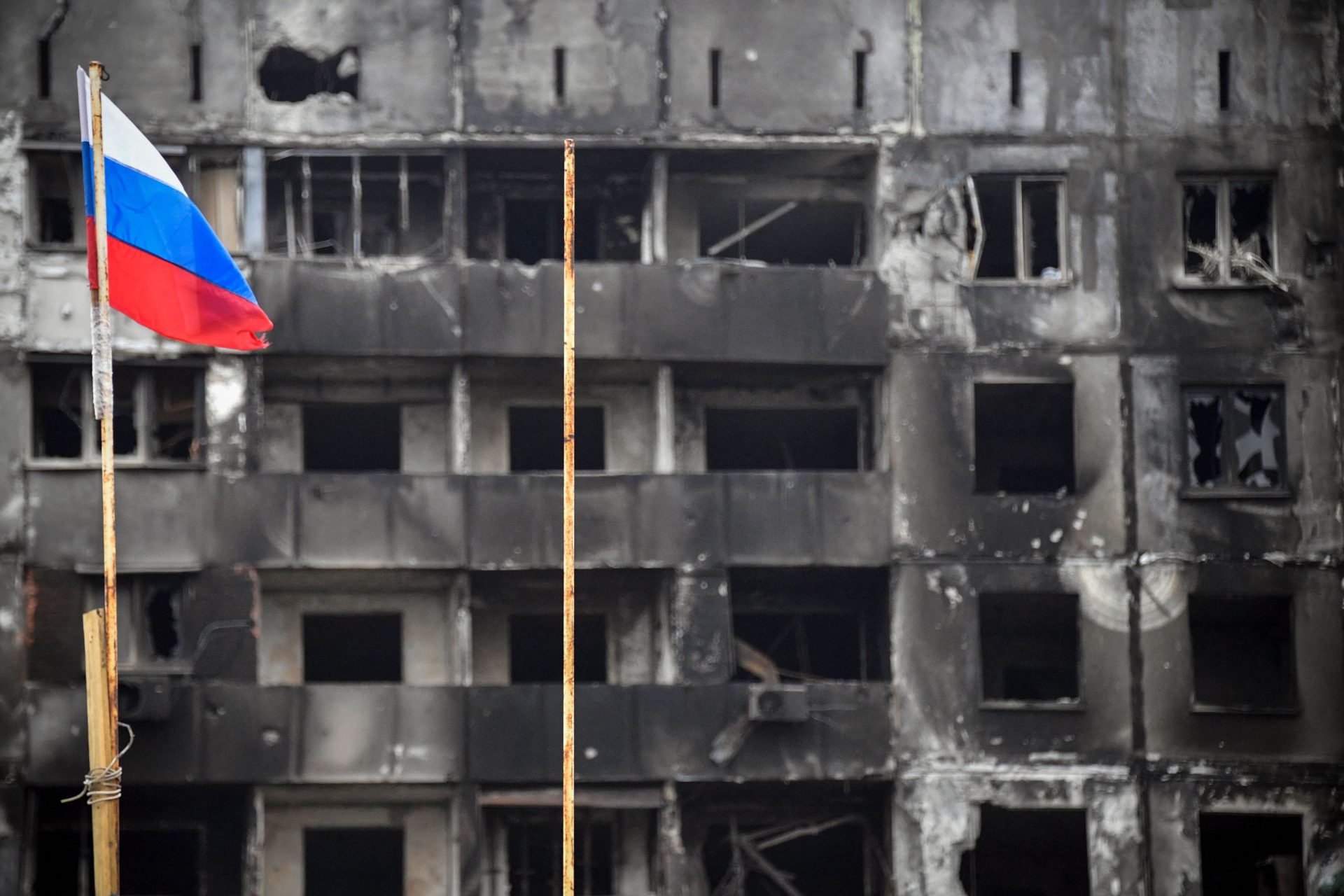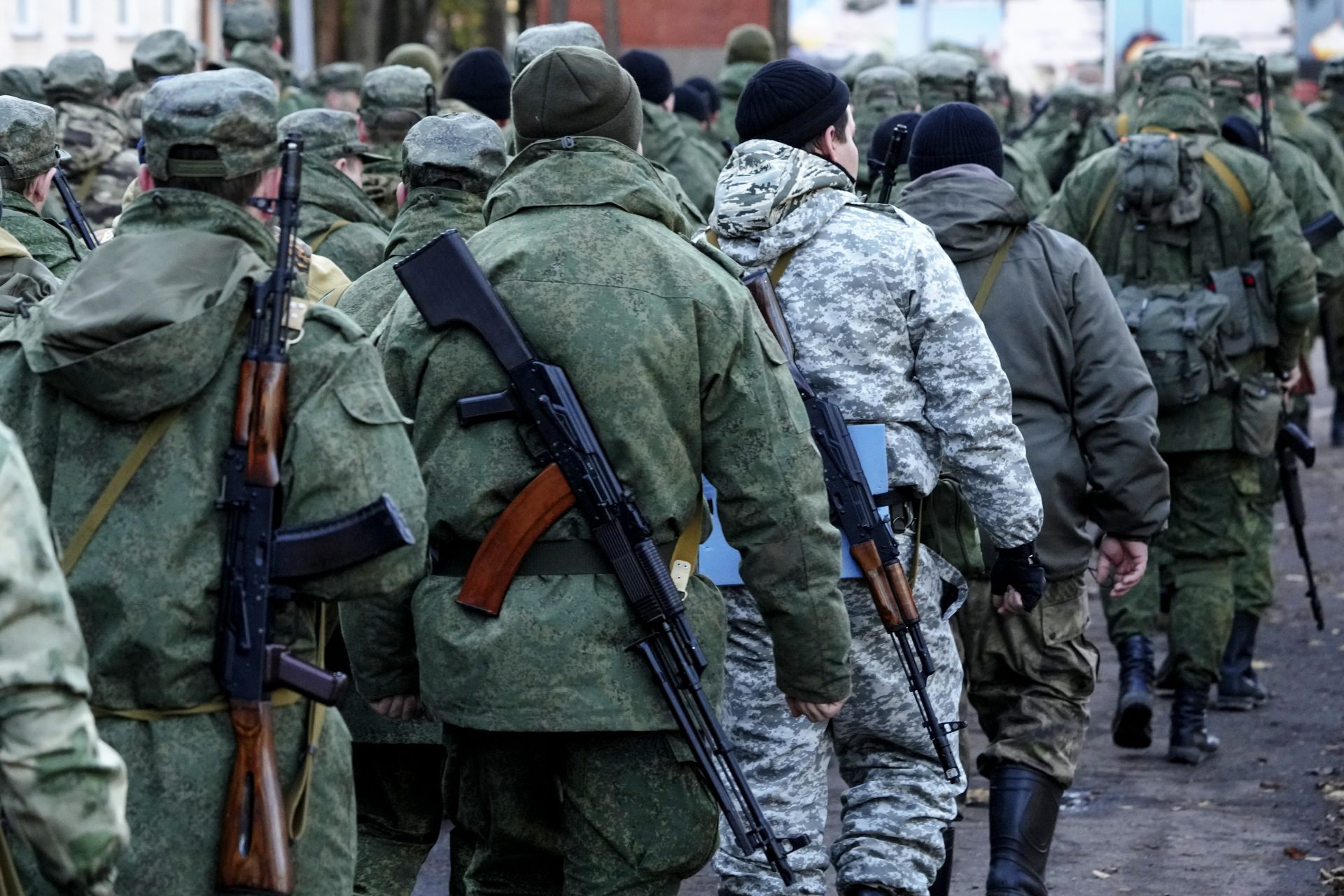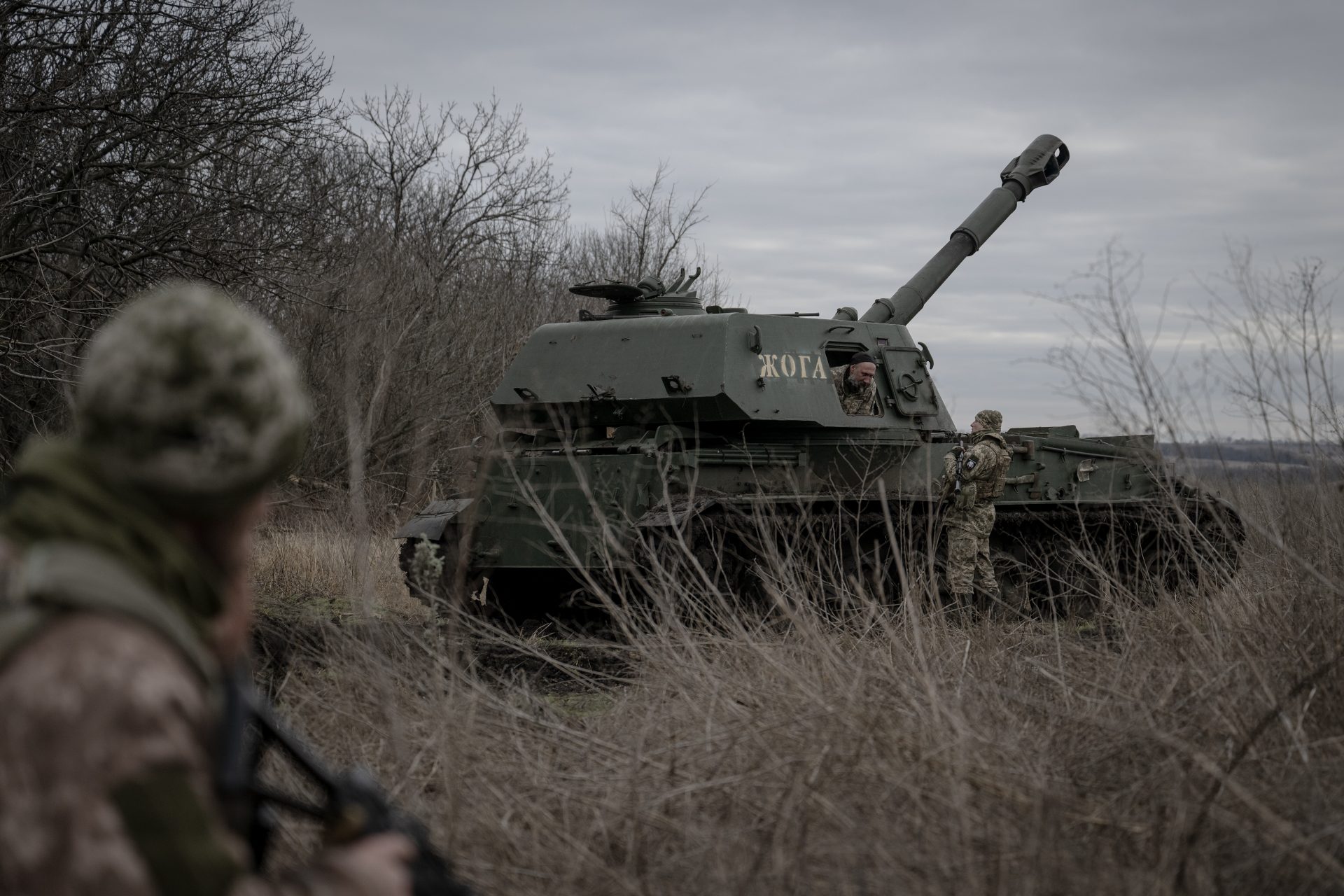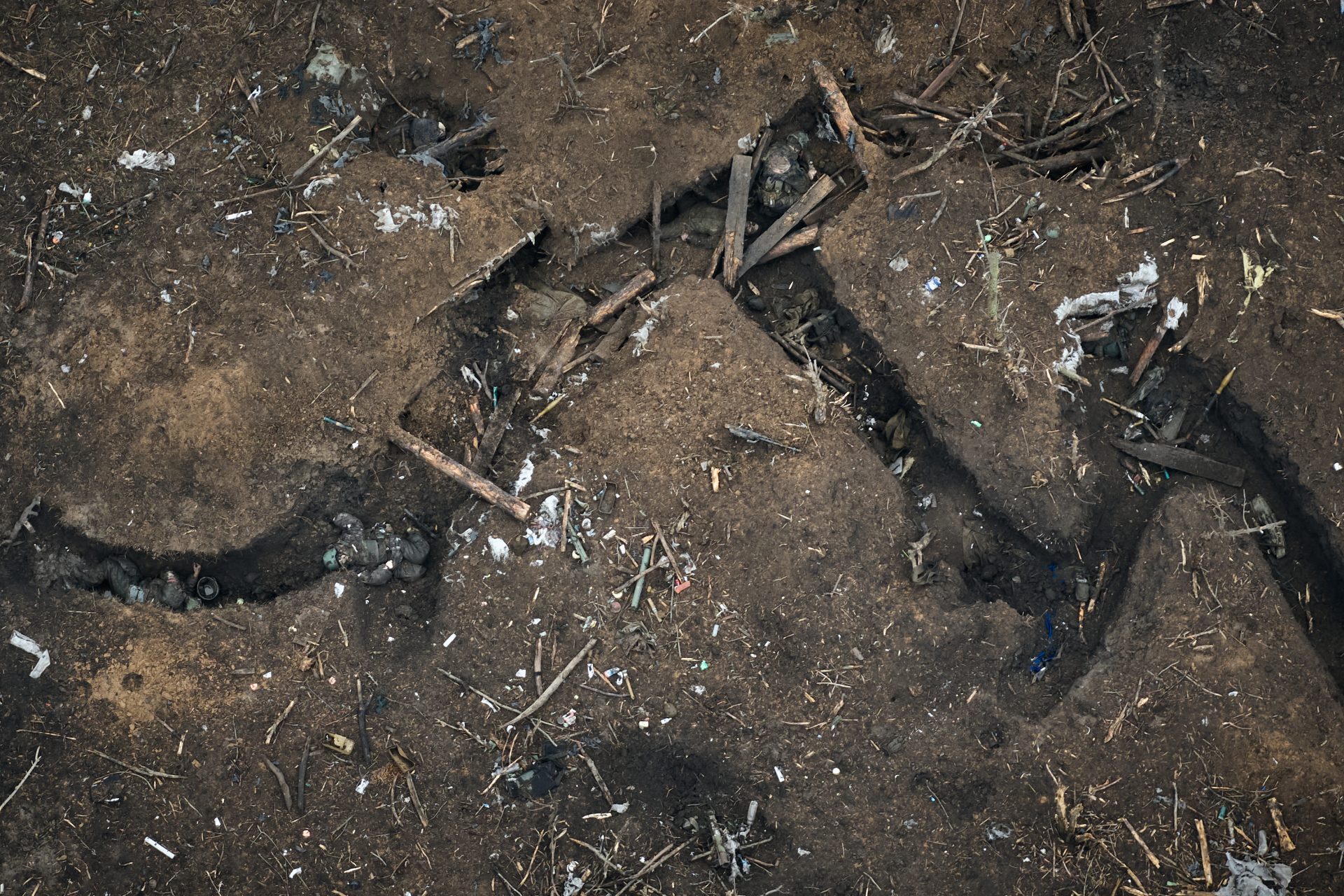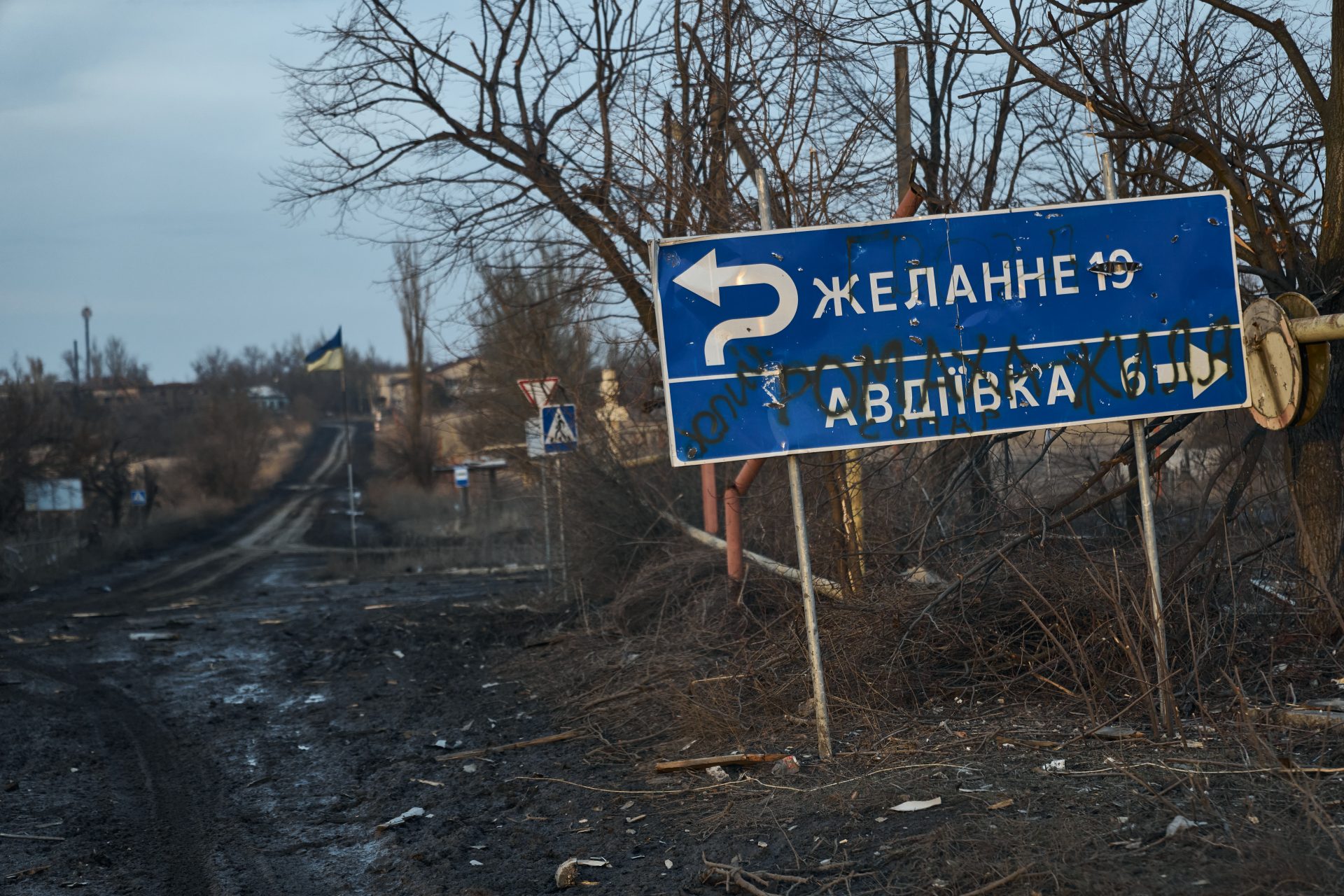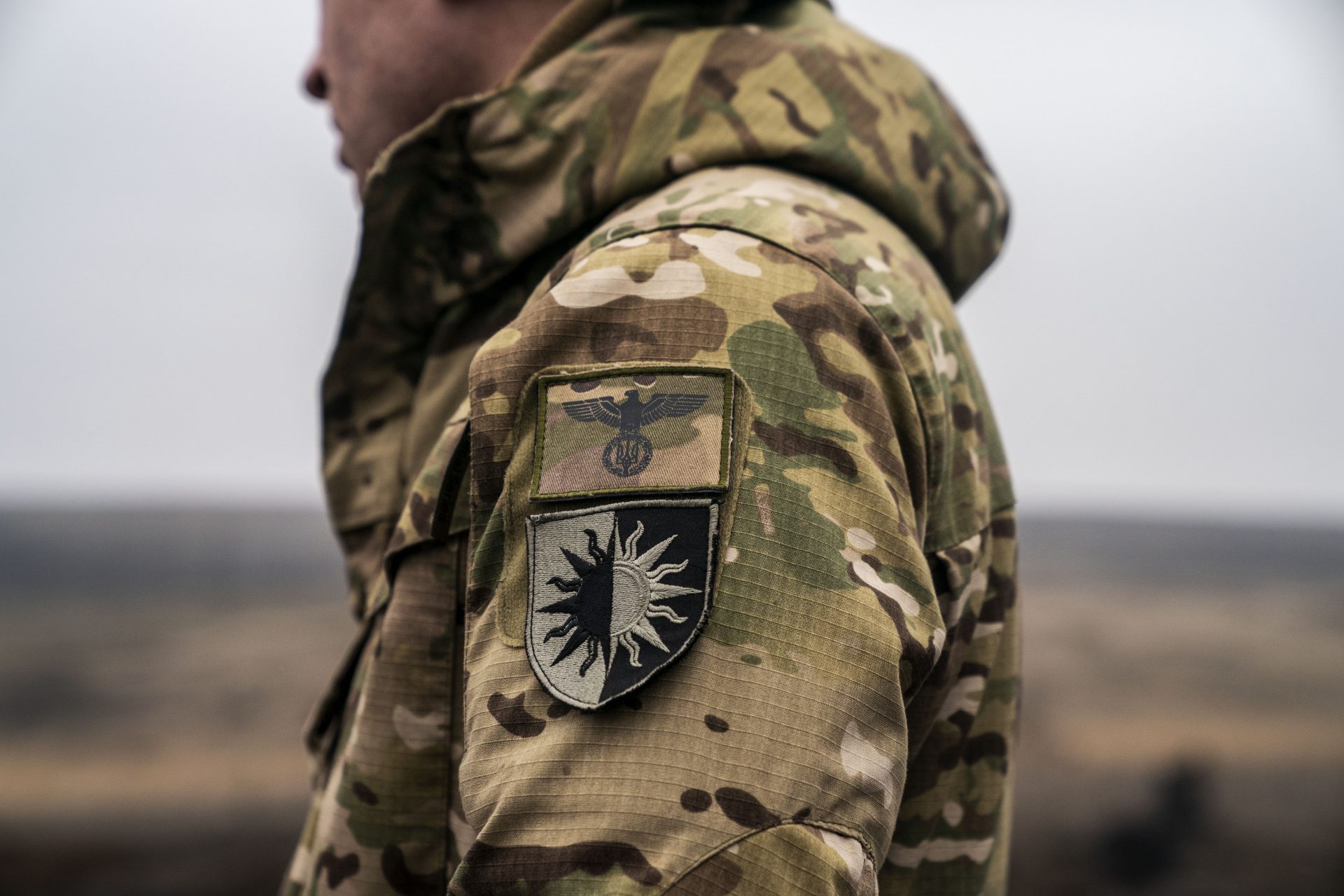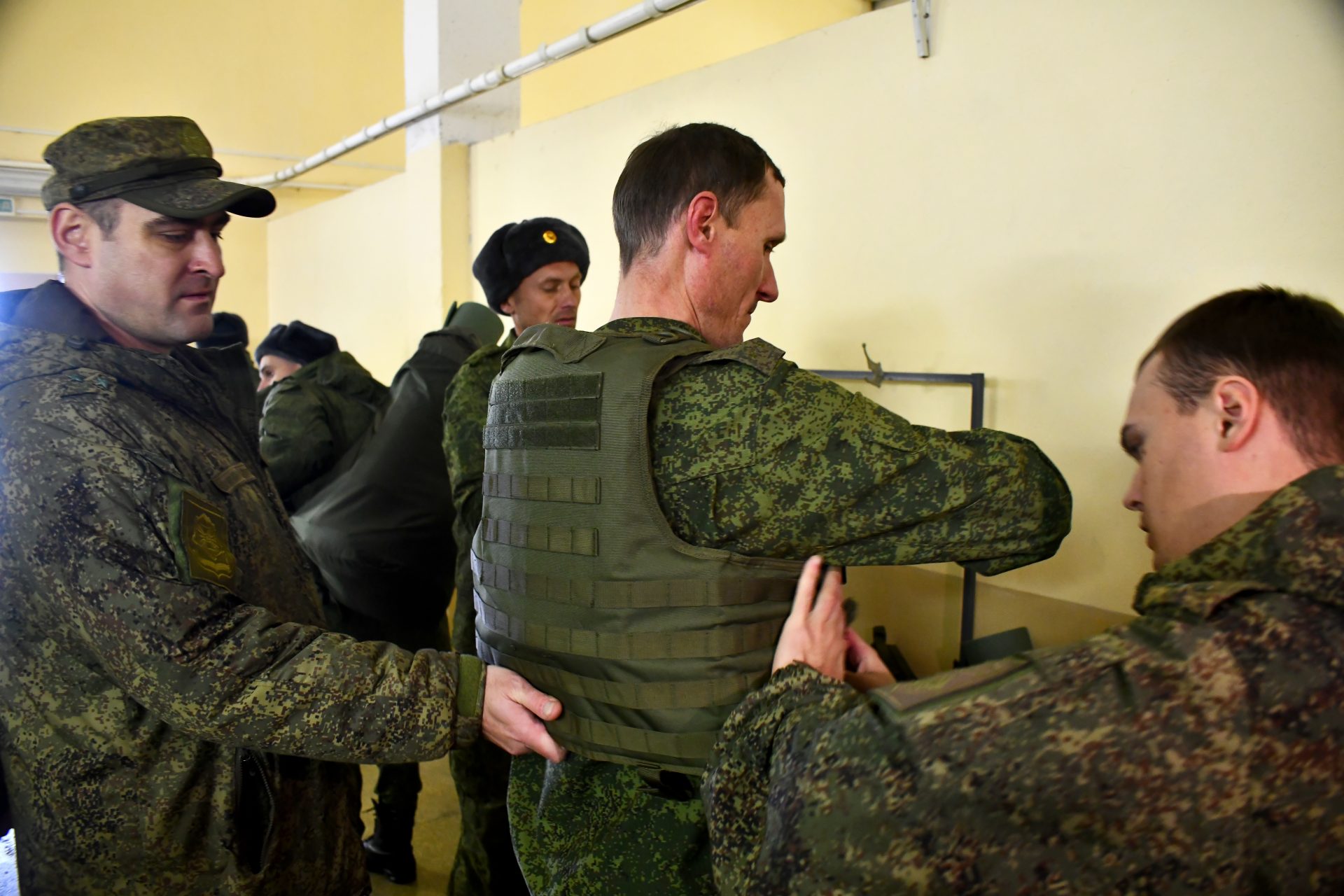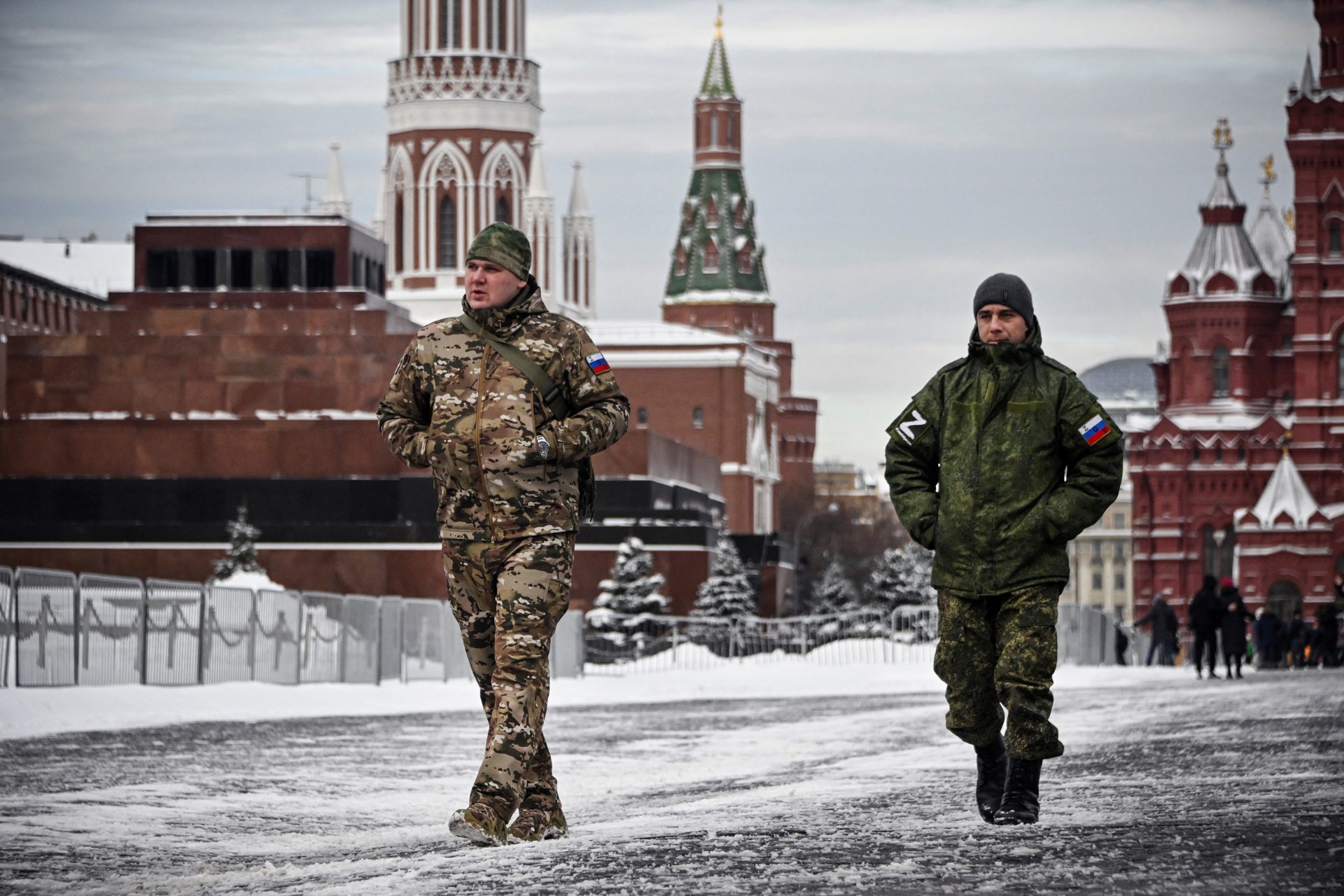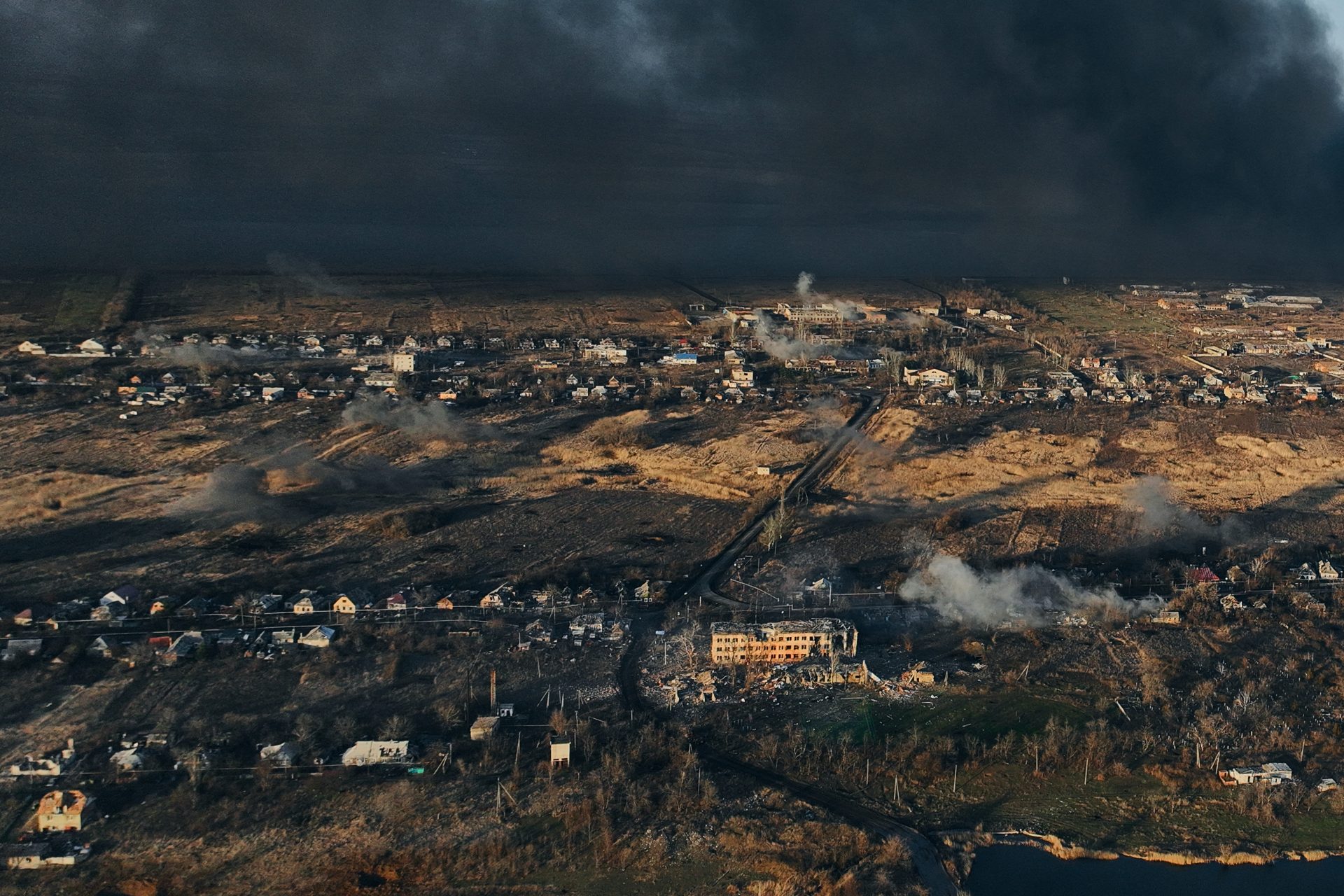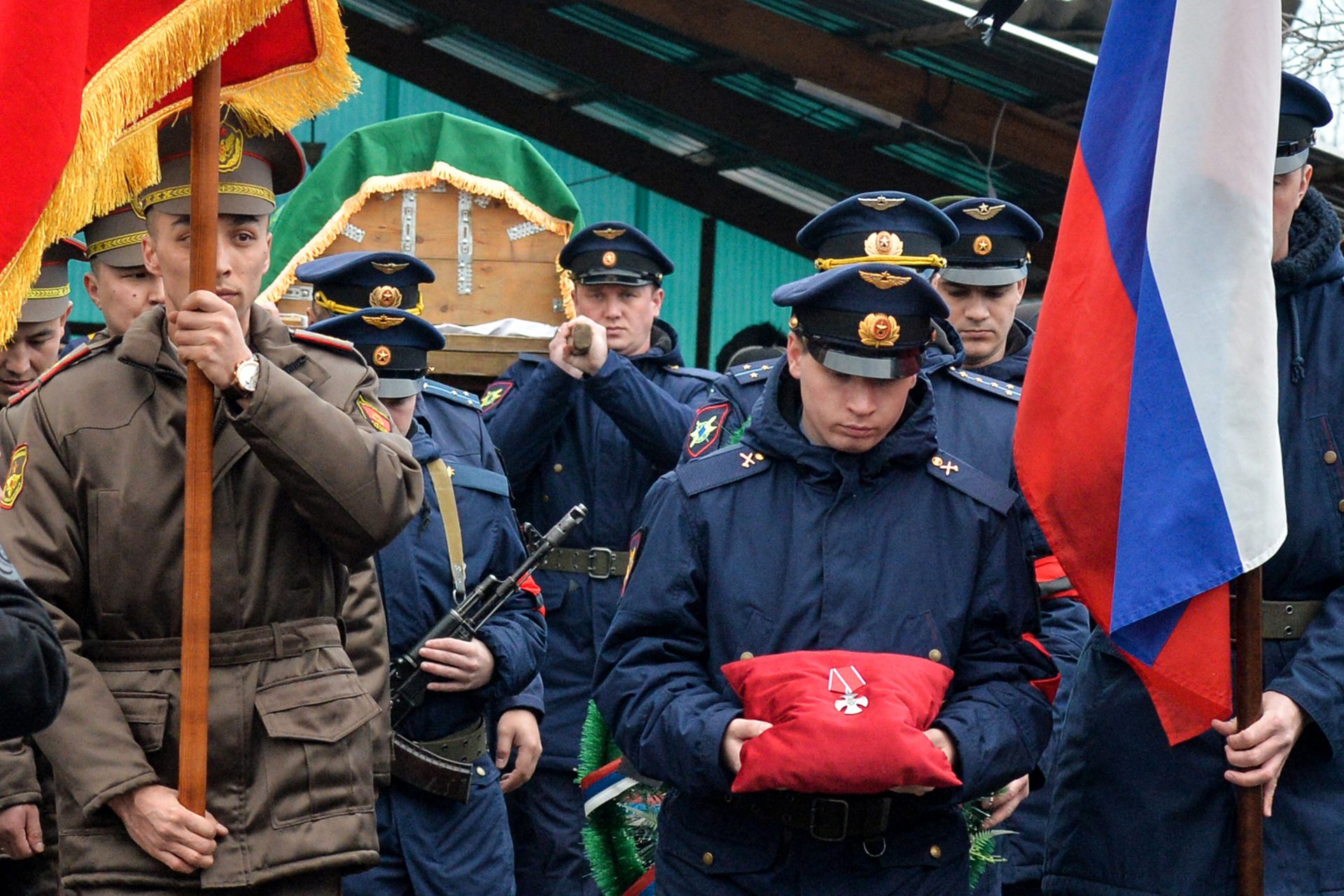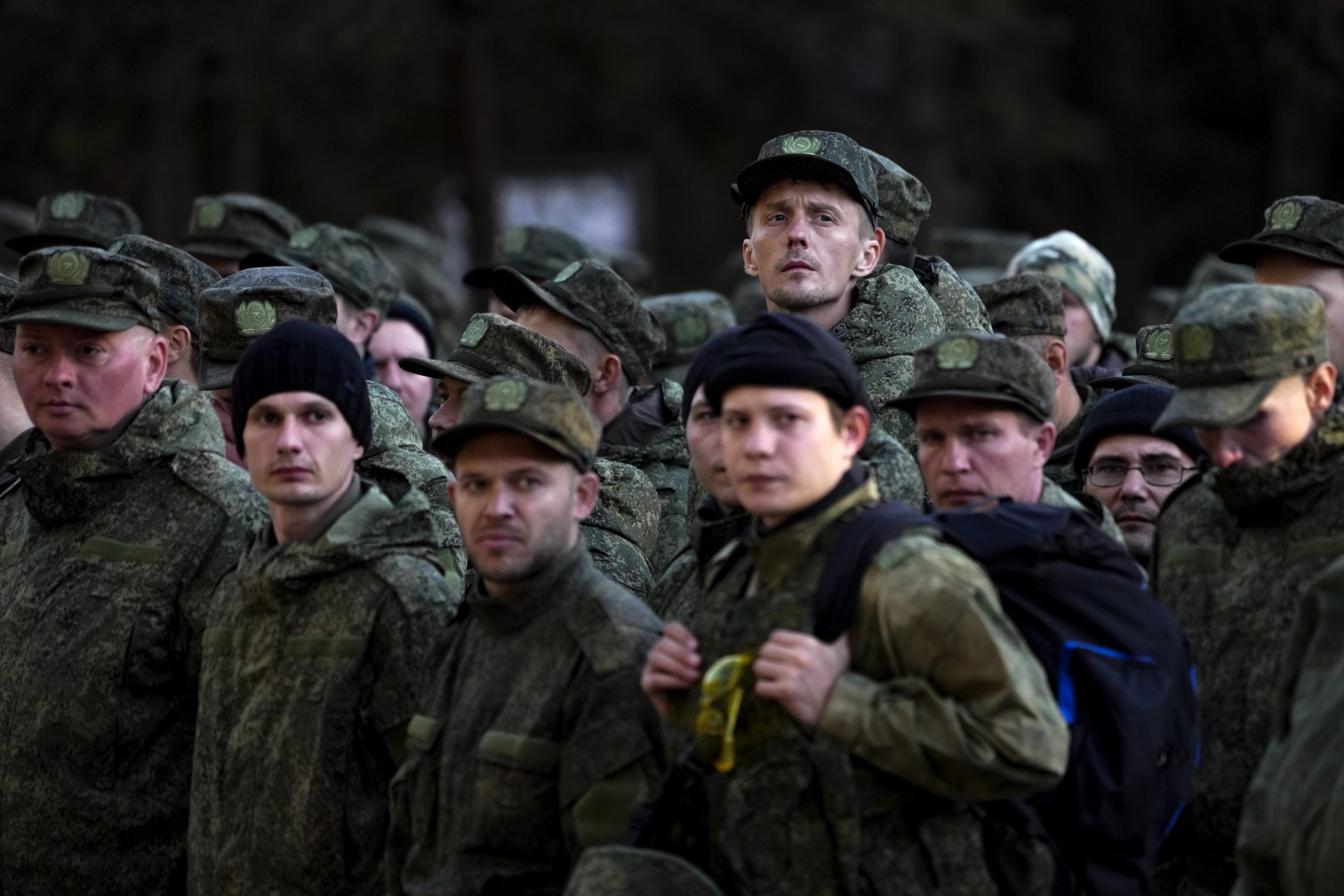Russia just suffered its costliest month of the war
The Russian Armed Forces suffered its bloodiest month since Vladimir Putin ordered his invasion of Ukraine, and while February did see Moscow make gains, the British Ministry of Defence reported those gains were costly.
Russia achieved several victories in February as its armed forces pushed back Ukraine. The most important loss for Kyiv came when the long-held garrison city of Avdiivka was captured after a battle that lasted for months.
The Kremlin launched a full-frontal attack against Avdiivka in Ukraine’s eastern Donbas region in November, eventually capturing the destroyed town in mid-February,” wrote The Telegraph’s James Kilner about the battle.
Moscow was able to capitalize on its victory and took control over several other villages and towns. However, the minor victories came at a huge cost for Russia and the country lost tens of thousands of soldiers in February.
The British Ministry of Defence assessed that Russia lost 29,000 killed or wounded over the month of February and it added that the daily average casualty numbers throughout the month were the highest since the war began.
On average, Moscow was losing 984 soldiers per day in February, a figure the ministry noted was a reflection of the type of warfare that Russia was using in the pursuit of the country’s goal to capture more Ukrainian territory.
“The increase in the daily average almost certainly reflects Russia's commitment to mass and attritional warfare,” the ministry explained in its assessment before adding that the style of warfare was affecting Ukraine.
“Although costly in terms of human life, the resulting effect has increased the pressure on Ukraine's positions across the frontline,” the ministry update added. But what does mass attritional warfare mean when in combat?
Some war analysts have described the tactics that Moscow used against Avdiivka as “human wave” assaults that were meant to overwhelm Ukrainian positions using large numbers of Russian soldiers attacking on foot.
Business Insider quoted one Ukrainian commander who spoke about the situation in January 2024, who explained that his men could kill forty or seventy Russian soldiers per day but another wave would attack the next day.
“Assault after assault, non-stop," the soldier explained. Another soldier who spoke with The Washington Post explained the quality and condition of the attackers, noting many were in their 40s or 50s and lacked protective gear.
Russian battlefield tactics combined with poor-quality troops may be the reason why the country suffered such a high casualty rate in February, and whether or not the rate kept rising in March is still unknown, but it doesn’t look good.
The first day of March saw Russia suffer 920 casualties according to numbers from the Ukrainian General Staff while the second day of March saw Russia lose 960 personnel. March 3rd, 4th, and 5th all saw troop losses above 1000.
Such high losses may be why the British Ministry of Defence felt comfortable providing an estimate of current Russian casualty figures, noting in its assessment that Moscow had probably lost over 355,000 soldiers since invading.
The British Ministry of Defence’s casualty number is far below the figure estimated by the Ukrainian General Staff, which noted on the same day that the ministry put out its assessment that Russia had lost 416,800 soldiers.
In late February, Ukrainian President Volodymyr Zelensky revealed that Ukraine had suffered roughly 70,000 soldiers killed in action but refused to provide figures on the country’s missing and wounded because it could help Russia, Reuters reported.
More for you
Top Stories



